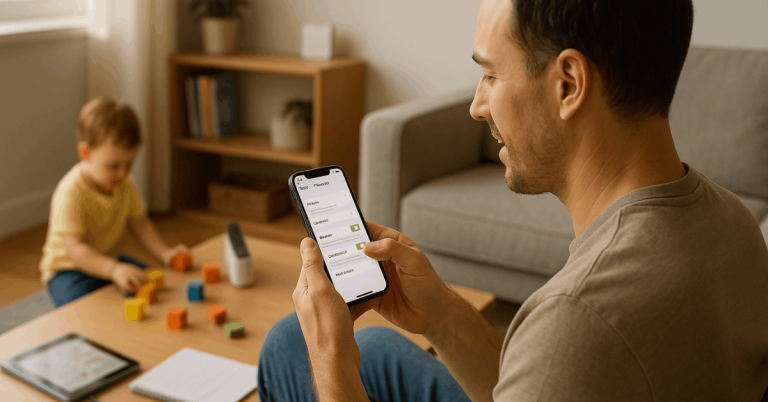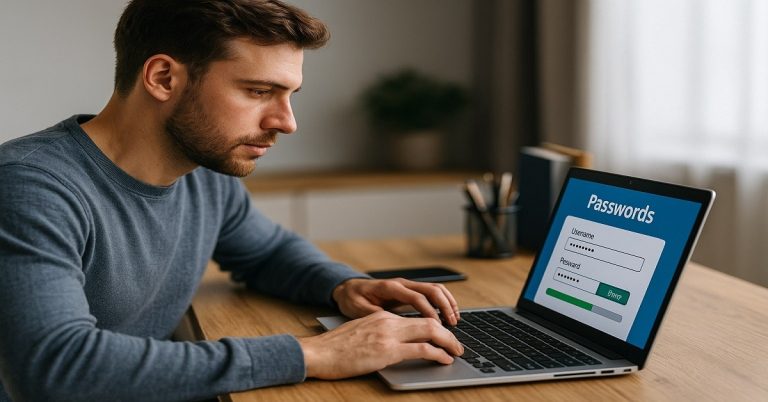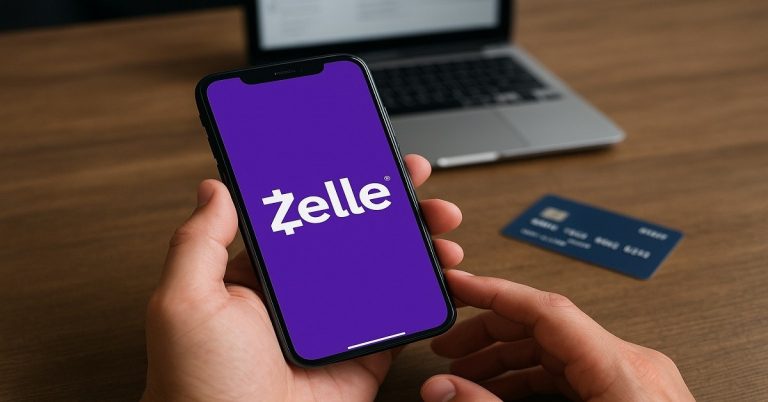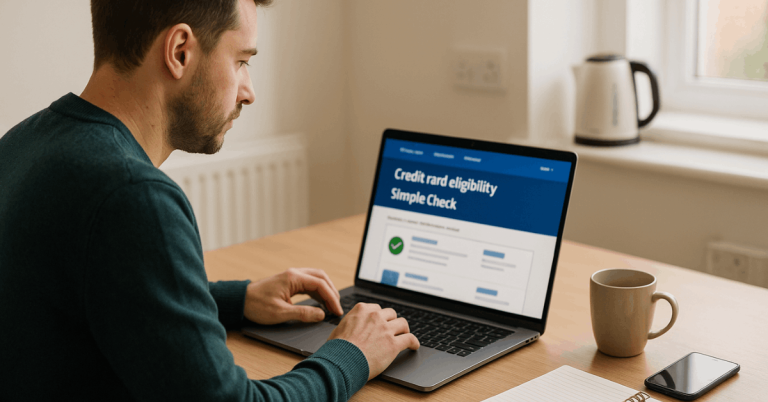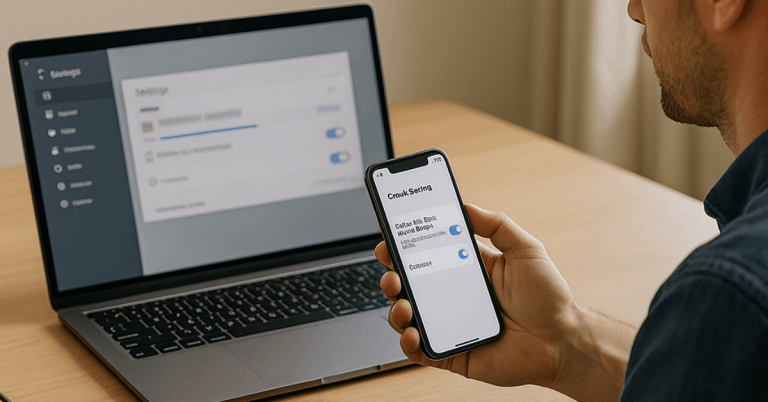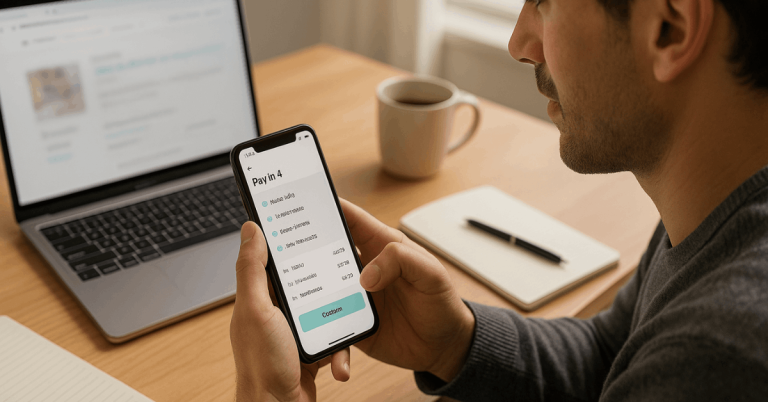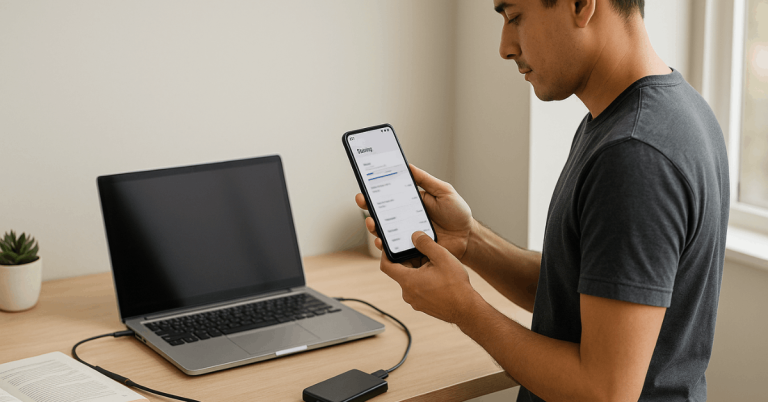You live in a world that wants your attention all the time. Every app, alert, and tab asks for a response.
If you do not set digital limits, your focus gets scattered and your energy drains fast.
Setting clear boundaries with your devices helps you think better and work with less stress.
Why Digital Limits Matter for Your Focus
You cannot focus deeply if your mind is on alert for the next ping.
Research shows that even the mere presence of your smartphone, face down on the desk, can reduce available attention and memory.
Frequent notifications interrupt tasks and lower performance, while turning them off improves results and reduces strain.
Too much screen time is also associated with higher stress, worse sleep, and more symptoms of anxiety and depression.
Suggest
Many health professionals suggest limiting recreational screen time to a reasonable level each day to protect your attention and well-being.
When you set digital limits, you protect your attention like a resource. You make it easier to do meaningful work without constant mental fatigue.

Step 1: Notice Your Current Digital Habits
Your first step is to measure how you use your devices. Most smartphones show daily and weekly screen-time reports and list which apps you use the most.
Look at three things: total screen time, top five apps, and how often you pick up your phone.
You will probably see peaks in social media, messaging, or news apps. Compare your numbers with general averages and ask if that matches how you want to live.
You do not need to judge yourself; you just need a clear picture so your limits are grounded in reality.
Step 2: Define Clear and Simple Screen-Time Limits
Now you set basic rules for when and how long you use screens.
There is no one perfect number for everyone, but experts agree that intentional limits help.
A practical target is to reduce non-work screen time to a range that feels realistic but is still tighter than your current use.
Start with three types of limits:
- Daily cap: Decide how many minutes you want to spend on social apps, streaming, or games.
- Time windows: Choose “no-screen” blocks, for example, the first hour after waking and the last hour before bed.
- Context rules: For example, no phone while eating, in meetings, or during focused work blocks.
Use your phone’s built-in tools to enforce these limits. Set app timers, downtime schedules, and passcode locks for distracting apps.
Treat these tools as support for your decisions, not as punishment.
Step 3: Tame Notifications to Protect Your Attention
Notifications are one of the biggest threats to your focus.
Studies and workplace experiments show that reducing notification-driven interruptions improves performance and lowers mental strain.
People who turn off non-essential alerts often feel more productive and less distracted, even if they also feel a bit less “connected” at first.
You can follow a simple process
Turn off all non-urgent notifications, such as social media, shopping apps, and most group chats.
Keep only essential alerts like calls from close contacts or security codes. Use “Do Not Disturb” or focus modes during deep work and at night.
Check messages and social apps only at specific times instead of all day.
Step 4: Design Your Environment for Deep Focus
Limits work better when your environment supports them. You make focus easier by removing visual and physical triggers.
Put your phone in another room or in a drawer. Use full-screen mode for your main task and close extra tabs.
Log out of distracting websites during work blocks. Use a simple timer, like 25- or 50-minute sprints, followed by short breaks.
Small barriers, like needing to leave your chair to get your phone, make a big difference.
Step 5: Build Screen-Free Routines into Your Day
You focus better when your mind and body get breaks from screens.
Health and wellness guidelines often recommend regular visual breaks, movement, and offline time to prevent eye strain and mental fatigue.
Some professionals also suggest the “20-20-20” rule for eye health: every 20 minutes, look at something far away for a short period.
You can create simple daily habits
A short walk without your phone once or twice a day. Meals without screens, alone or with others.
A pre-sleep routine with reading, prayer, or journaling instead of scrolling. One weekly “mini digital detox” block, such as a weekend afternoon offline.
These routines give your brain time to recover from constant input. Many people report better sleep, less stress, and a more stable mood.
Step 6: Review Your Limits and Adjust as You Go
Digital limits are not fixed forever. They are tools that you adjust as your life and work change.
Once a week, ask three questions: Did you respect your limits most days? Did your focus improve? Where did you struggle?
If you keep breaking a rule, make it easier or more concrete, such as moving social apps off your home screen or blocking them during work hours.
You can also pay attention to how you feel. If you feel isolated, you may need to adjust your rules around social contact.
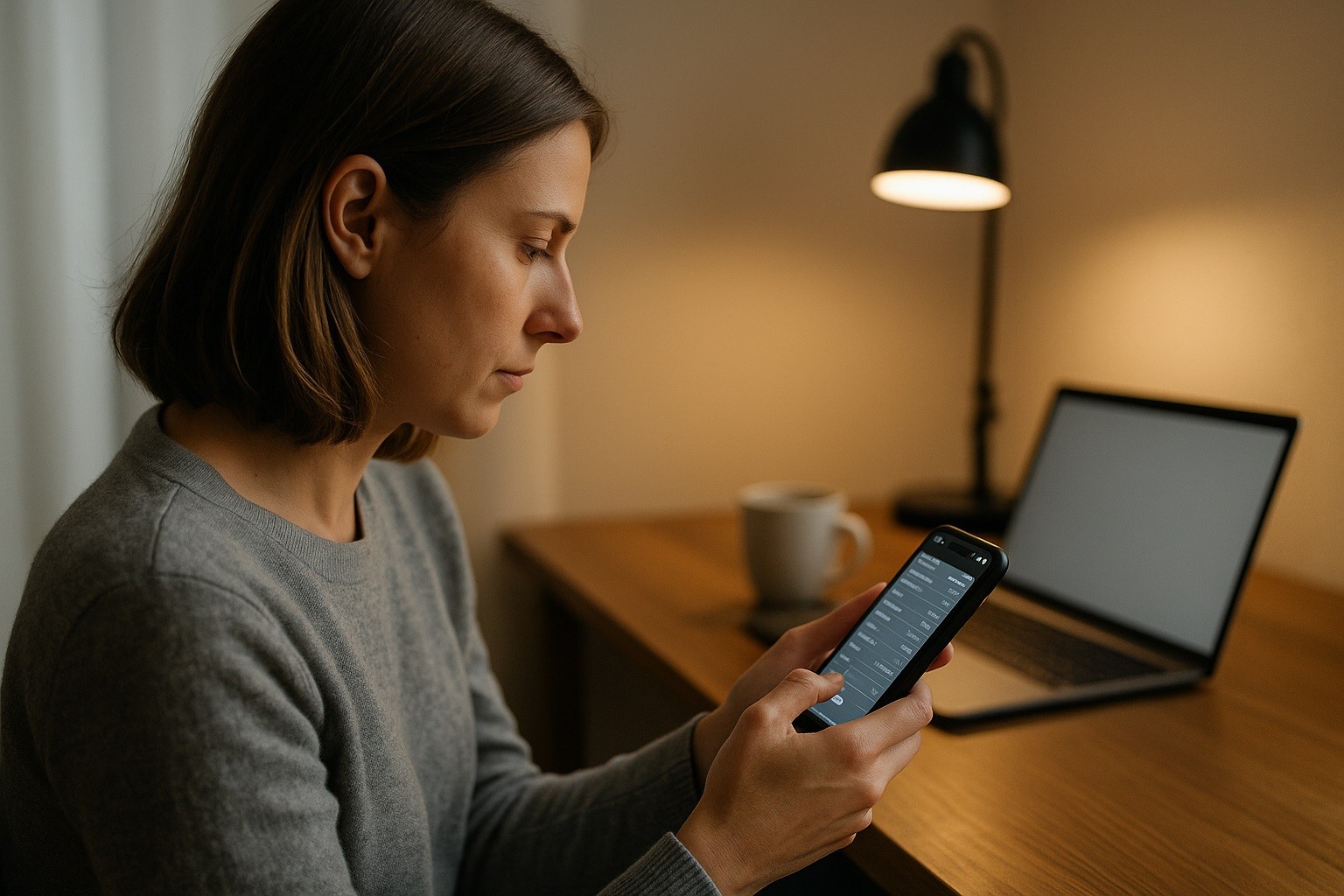
Useful Tools to Set Digital Limits
These options are reliable and free.
- Screen Time (iOS): Tracks your usage, app limits, and downtime schedules.
- Digital Wellbeing (Android): Monitors phone use, sets app timers, and enables “Focus Mode.”
- Windows Focus Assist: Mutes notifications and helps you stay focused during work hours.
- macOS Screen Time: Offers app limits, downtime, and weekly reports.
These apps create boundaries for your attention by blocking distractions.
- Freedom: Blocks websites and apps across all your devices.
- Forest: Helps you stay off your phone by “growing” virtual trees during focus sessions.
- StayFocusd (Chrome Extension): Limits time spent on distracting websites.
- Cold Turkey: A powerful blocker for apps and sites, ideal for long study or work sessions.
- FocusMe: Combines scheduling, time tracking, and site blocking in one tool.
Final Thoughts: Make Your Attention Worth Protecting
You cannot control everything in your day, but you can control how much access your devices have to your mind.
When you set digital limits, you give yourself space to think, work, pray, rest, and relate to people with more presence.
Less noise on your screens usually leads to more clarity in your thoughts.



